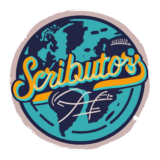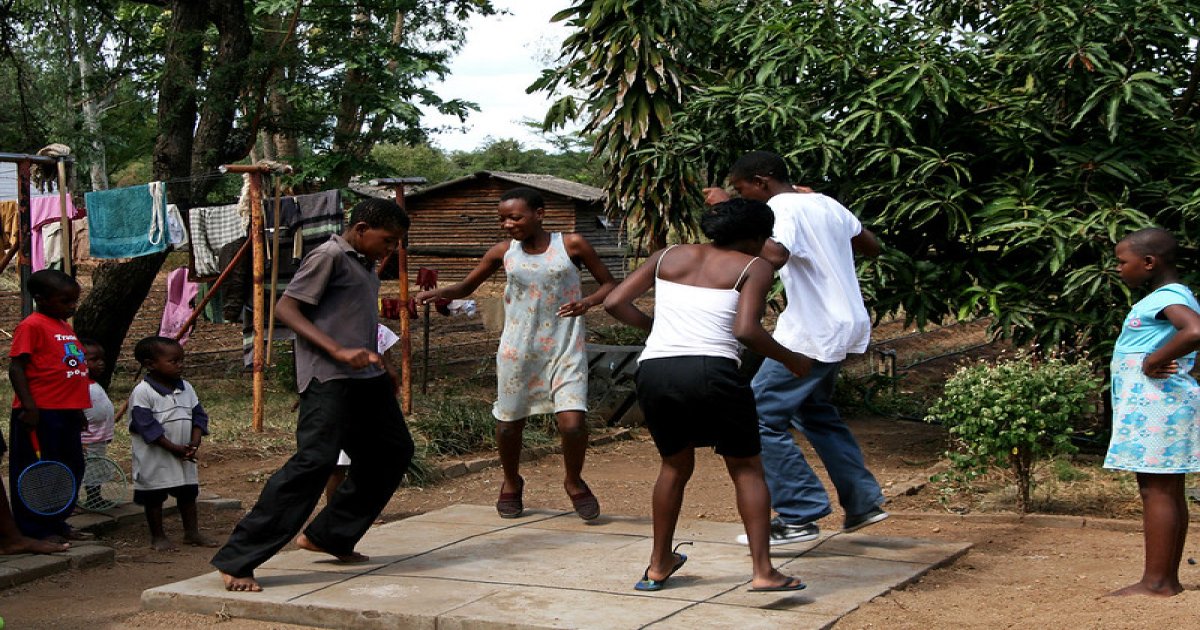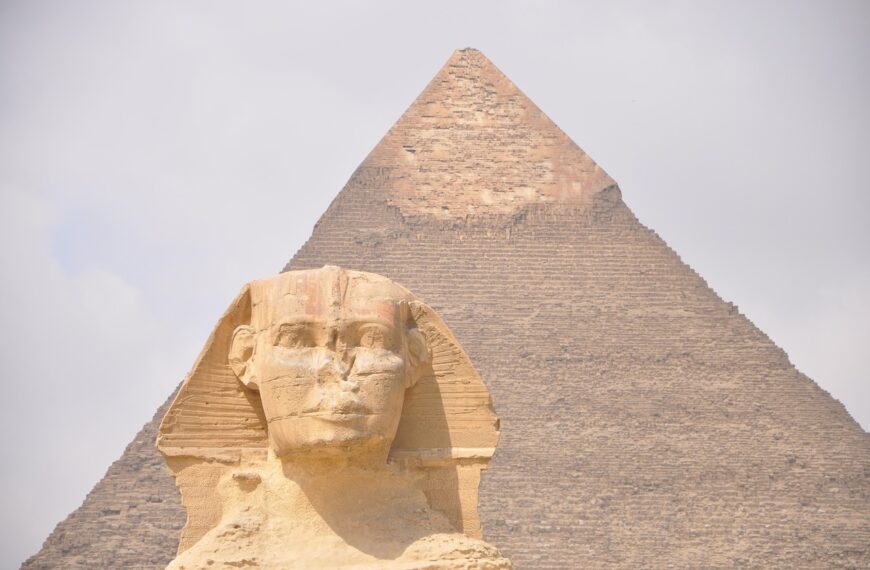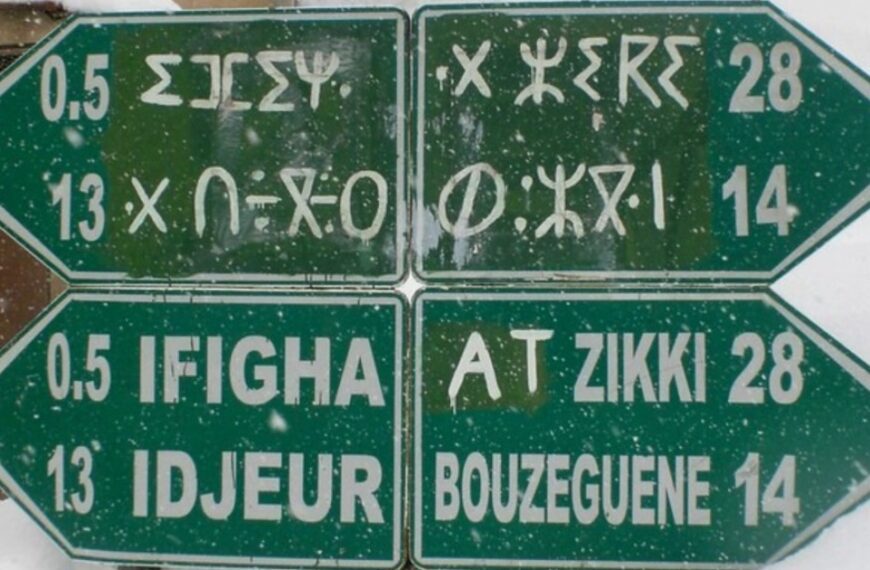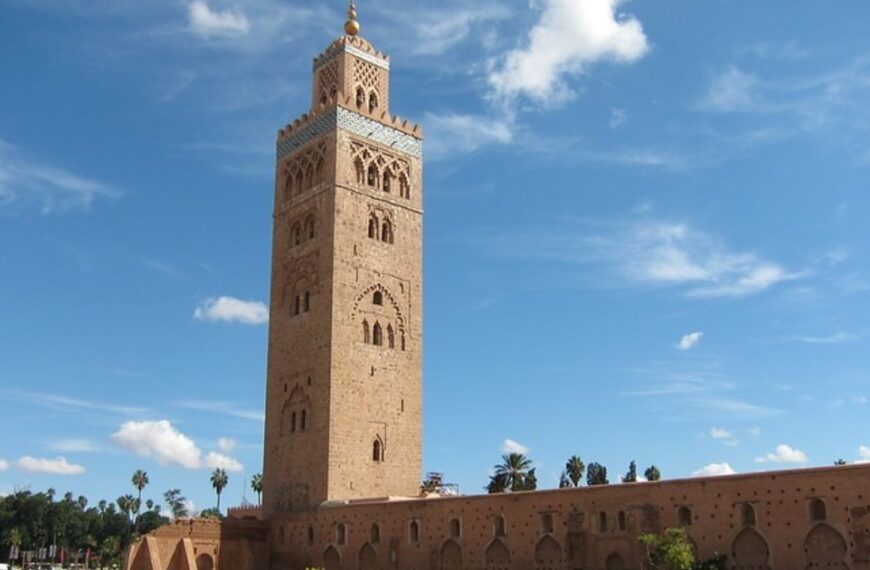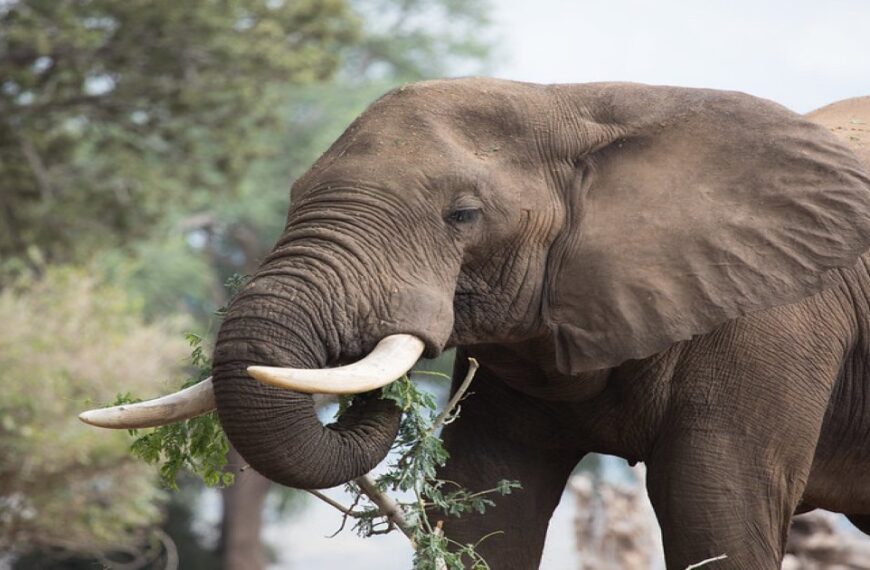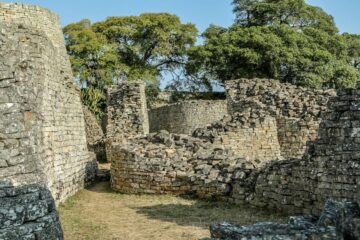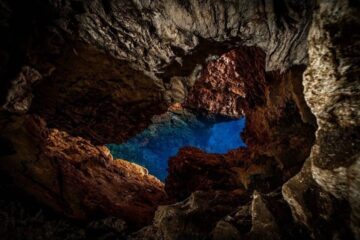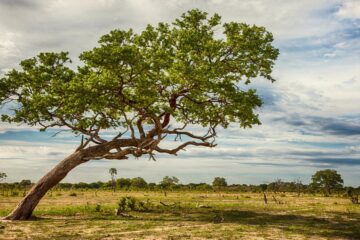Chewa, Chibarwe, English, Kalanga, Koisan, Nambya, Ndau, Ndebele, Shangani, Shona, sign language for the deaf, Sotho, Tonga, Tswana, Venda, and Xhosa are the 16 official languages of Zimbabwe. Zimbabwe is the nation with the most official languages, according to the Guinness World Records.
Because of constitutional amendments made in 2013, all of these 16 languages are now recognized as national languages and are required to be:
- Equally encouraged and developed
- Legal documentation
- All public school students, but particularly those in elementary school, should have access to teaching in their native language.
Zimbabwe is helping to prevent the loss of numerous minority languages in this manner. A little description of each language is provided below. There has never been a scientific study of the people of Zimbabwe to determine which languages they speak; thus, the numbers mentioned in each instance are likely estimates.
Chewa Language
Nyanja (Chinyanja) is another name for the Chewa language (Chichewa). Meaning “lake” in Chewa, the term Nyanja alludes to the area surrounding Lake Malawi, where the language is considered to have originated among the Chewa people.
From 1968 to 1994, Chewa was Malawi’s sole official language. It belongs to the Niger-Congo Bantu family of languages. It is reported to be the third most frequently spoken language in Zimbabwe, behind Shona and Ndebele, and is spoken mostly in the country’s northeast.
About 15 million people call Chewa their native language throughout the whole of southern Africa, from Malawi and Mozambique to South Africa.
Chibarwe language
The Zimbabwean and international variations of Chiberwe are Barwe and Sena, respectively. Spoken mostly in Malawi and Mozambique, with few speakers found in northeastern Zimbabwe. It belongs to the Niger-Congo language family, is endangered, and is of the Bantu language branch.
English language
The English language is an Indo-European language that was introduced to this region by British colonists. About 5% of modern-day Zimbabweans are native speakers of Zimbabwean English, a regional dialect of English. Because of its importance as a Lingua Franca, for official business and in the classroom, English is one of the official languages of Zimbabwe that many people also speak.
Kalanga Language
In the southwest corner of Zimbabwe, along the border with Botswana, where the language is spoken by over 1 million people, 300,000 to 700,000 individuals are fluent in Kalanga (TjiKalanga). (The Zimbabwean and Botswanan varieties of the language vary somewhat due to regional influences.) Like other Bantu languages spoken in the Niger-Congo region, Kalanga belongs to the Bantu family.
Khoisan language
Khoisan is also known as Tshwa or Tsoa outside of Zimbabwe. It is a member of the Khoe language family, the most numerous of southern Africa’s indigenous language groups that are not Bantu. A tiny community of San people in Zimbabwe’s southwest speak this language; they are culturally linked to the San of Botswana. About 4,000 individuals speak it as their native language; about 3,500 of them are in Zimbabwe, and the rest are in Botswana.
It is widely agreed that this language is in grave danger of dying out. Tjwao (previously Tshwao) is a dialect that is thought to be spoken by no more than 20 people, all of whom are at least 50 years old.
Nambya language
Nambya, also known as ChiNambya, is a Bantu language that shares over 75% of its core vocabulary with the Shona language and is most closely associated with Kalanga. About 80,000 to 100,000 people in northwestern Zimbabwe, especially in and around Hwange, and some in neighboring Botswana, speak this language. The social pressure from speakers of Tonga and Ndebele has resulted in widespread word borrowing from both languages, as well as from English.
Ndau language
The Bantu language Ndau is often considered to be a Shona dialect. The Chimanimani and Chipinge people of Zimbabwe and Mozambique are the only ones who speak it. About 2.4 million people speak it, mostly in central Mozambique and southeast Zimbabwe.
Ndebele language
There are several names for the Ndebele language. Formerly known as Matabele, its speakers have adopted the name isiNdebele. To distinguish it from the Ndebele language spoken in South Africa, it is sometimes known as Northern Ndebele and Zimbabwean Ndebele. (Despite their similarity in spelling, they are in fact two distinct languages.)
Ndebele is a Nguni Bantu language spoken by almost 20% of the population of Zimbabwe. It is spoken mostly in the Matabeleland area. Towards Botswana’s northeastern border with Zimbabwe, you’ll find a small population of people who speak Ndebele.
In the first half of the nineteenth century, speakers moved from KwaZulu, taking the Shona and enshrining their language in what is now Zimbabwe.
Shangani or Tsonga-Shangani language
The tiny agricultural village of Shangani in Zimbabwe is named after the Shangani language, a Bantu language. Tribes near the Shangani River and in the country’s southeast speak this language. The people who speak this language in Eswatini, Mozambique, and South Africa refer to it as Tsonga or Xitsonga.
Sign Language for the Deaf
A total of 280,000 deaf people are members of the Zimbabwe National Association of the Deaf. Zimbabwe is unique among nations in that it officially recognizes sign language as a language. No sign language is designated as the official one, however; according to the Max Planck Institute for the Science of Human History, seven distinct “sign languages” have emerged in Zimbabwe during the last half-century. Additionally, ASL is used by parts of the deaf community. The Masvingo School Sign is a kind of Zimbabwean sign language that is widely recognized as distinct from the country’s other sign languages.
Shona language
Shona is a Bantu language spoken by between 10.8 and 14 million people in Zimbabwe, or between 70 and 80% of the country’s total population. There are four standard varieties of the Bantu language, Shona. Karanga, Korekore, Manyika, and Zezuru are their names.
It is from the Central Shona dialects, particularly Karanga and Zezuru, that Standard Shona has evolved. Despite being listed as a distinct language, some linguists see Ndau as just another dialect. The majority of Shona speakers make their homes in central and eastern Zimbabwe.
Sotho language
The Sotho language, commonly known as Sesotho, belongs to the Sotho-Tswana branch of the South Bantu languages. Sotho is spoken by over 5.6 million people in southern Africa. It is the national and official language of Lesotho and is also recognized as one of the official languages of South Africa and Zimbabwe.
Since their arrival in what is now Zimbabwe in the late 19th century, the Basotho have gone through a series of struggles to establish a sense of community and identity among a native population that speaks a different language and practices distinct customs. There are just a few native Shoto speakers in southern Zimbabwe.
Tonga language
Other names for the Tonga language include Chitonga, isiTonga, and Zambezi. It is estimated that over 1.5 million people in southern Zambia, northern Zimbabwe, and perhaps some in Mozambique speak this language. Due to the lack of a unified standard for this language, different areas use quite distinct varieties.
Even within the same dialect, word spelling might vary from speaker to speaker. Some individuals use a bilabial nasal click, while others do not. Tonga is often used as a second or even third language among educated Zimbabweans.
The Batonga, who are members of the Tokaleya people in the same region, are linked to the Tonga of Malawi, but the Tonga of Zambia and Zimbabwe are not. The Kafue Twa are respected benefactors in southern Zambia. The Tsonga people of southern Mozambique and South Africa are not related to them culturally or linguistically.
Tswana language
Tswana is also known as Setswana. Between 5 and 8 million people speak Tswana, a Bantu language used in Botswana (where it is an official language alongside English), South Africa (where the majority of speakers are located), Zimbabwe, and Namibia.
Venda language
The northern section of South Africa, in the Limpopo Province, is home to the Venda, Tshivenda, or Luvenda people, while the southern part of Zimbabwe, along the Limpopo River, is home to the Lemba people (about 150,000 in total).
Botswana is home to several native Venda speakers. It has some similarities with Kalanga. Only when referring to words or names from other languages do the letters C, J, and Q appear in the language.
Xhosa language
Approximately 10% of Xhosa’s core lexicon consists of click consonants, making it distinctive among Nguni Bantu languages. Although only about 200,000 Zimbabweans (just over 1% of the population) speak Xhosa as their native language, it holds great cultural significance in Southern Africa, and the former national anthem of Zimbabwe, Ishe Komborera Africa, was based on a Xhosa hymn.
Read also: Chinhoyi Caves, what to know.
